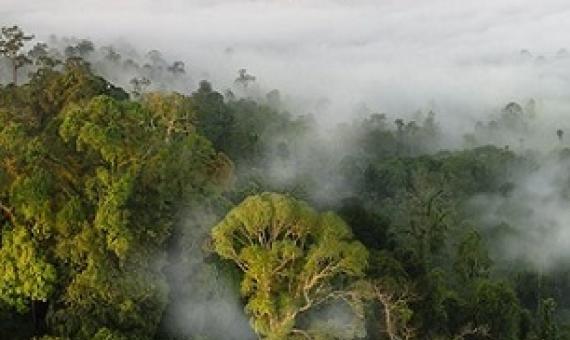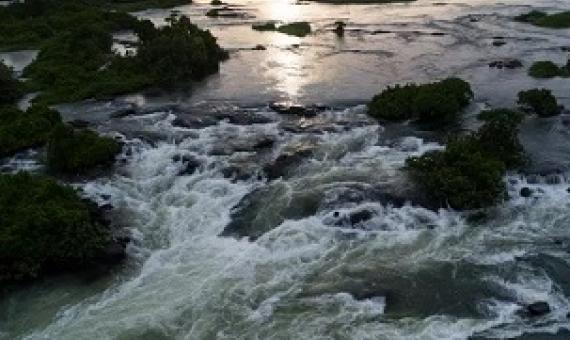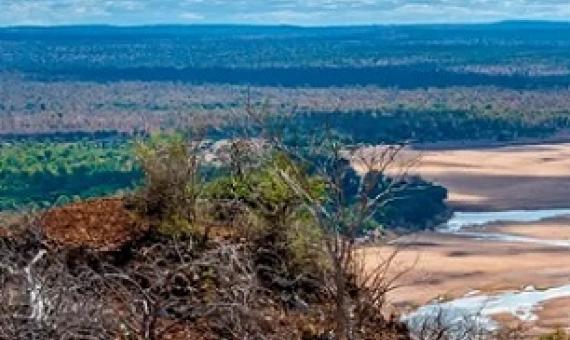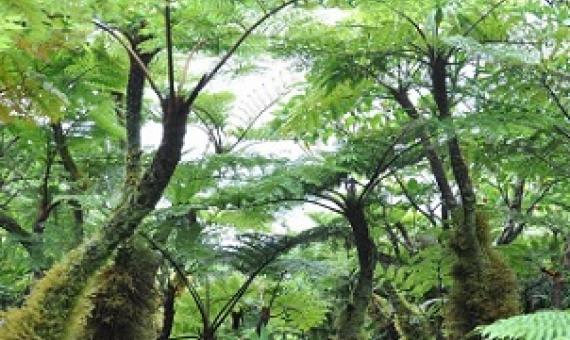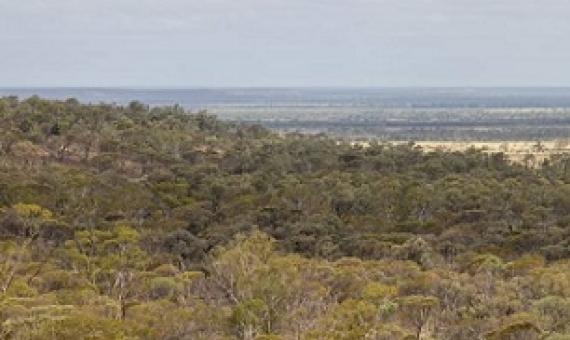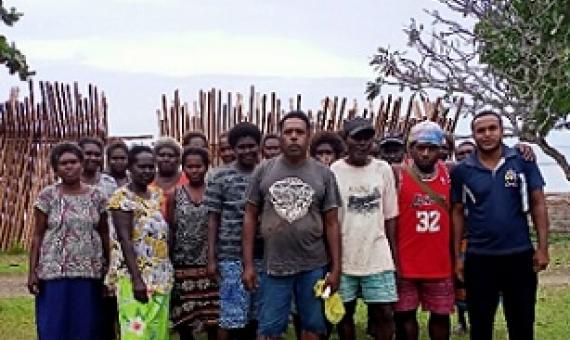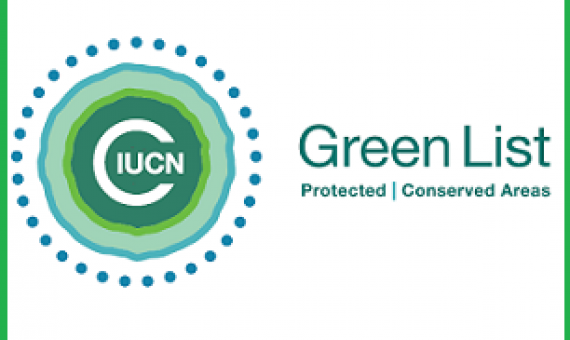Seven of the world's most nature-rich national parks, from Angola to Bolivia and Indonesia, are set to receive $1 million annually for the next 15 years to help protect and manage their wildlife and plant species.
Two men have been found guilty of intentionally sinking a boat in Auckland’s Hauraki Gulf...Auckland councillor Linda Cooper said the verdict should act as a lesson for others who are looking to make money at the expense of the environment.
At the upcoming CBD, countries are expected to reach an agreement to protect 30 percent of the world’s oceans and land by 2030. But which land is protected, as part of this agreement, matters immensely.
An area greater than the land mass of Russia has been added to the world’s network of national parks and conservation areas since 2010, amid growing pressure to protect nature.
Habitats under different levels of protection host marked / contrasted different communities of plants, birds and fish, despite having similar numbers of species, according to a study publishing 19th May, 2021 in the open-access journal PLOS Biology.
A new report from the United Nations Environment Programme and the International Union for Conservation of Nature reveals that countries are closing in on the target set in 2010 of protecting or conserving 17% of the Earth’s surface.
A nature refuge 140 kilometres north east of Longreach could become the second special wildlife reserve in Queensland under a state government proposal.
Government Officials from the Environment and Conservation Division has successfully completed a protected areas verification process at the Barekasi Protected Forest Area in North Vella Lavella, Western Province on 30 April.
Over 50 nations want to put 30% of the world’s land and waters into protected status by 2030. Advocacy groups for indigenous people say the move would force 300 million people off their land.
Wetlands, forests, national parks and wildlife reserves in 16 countries are part of a campaign that is raising standards for nature conservation.

